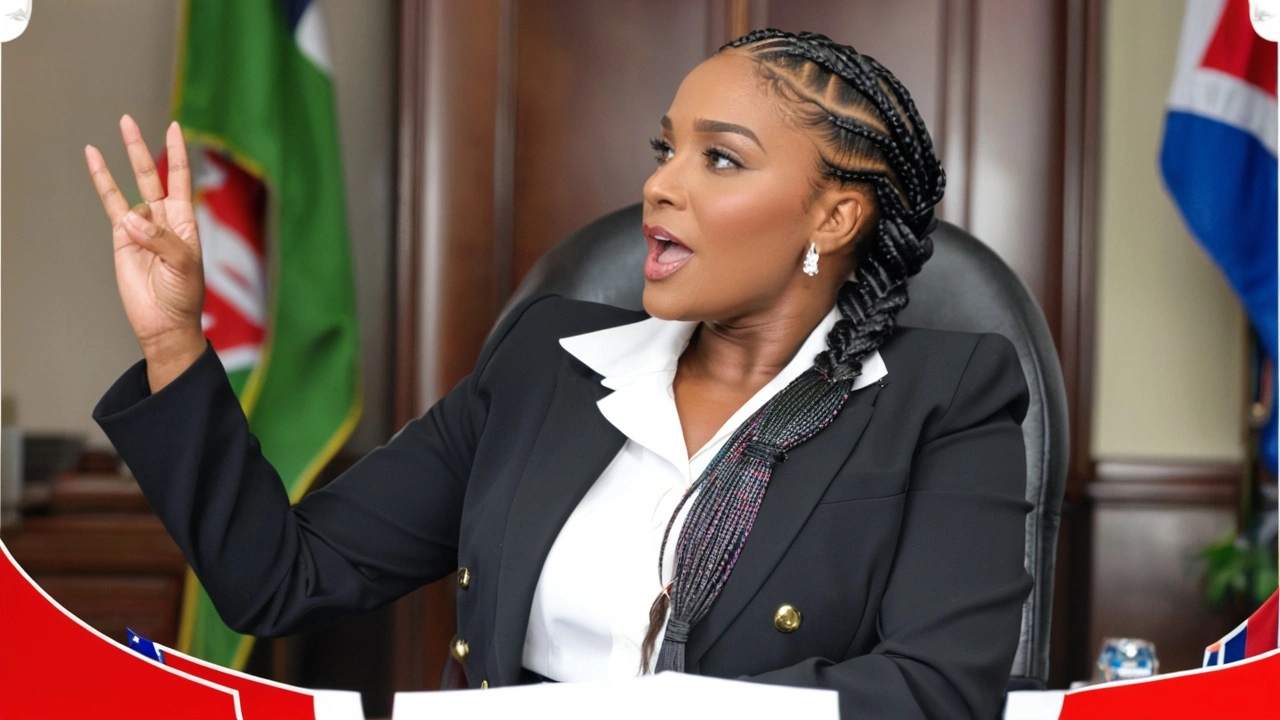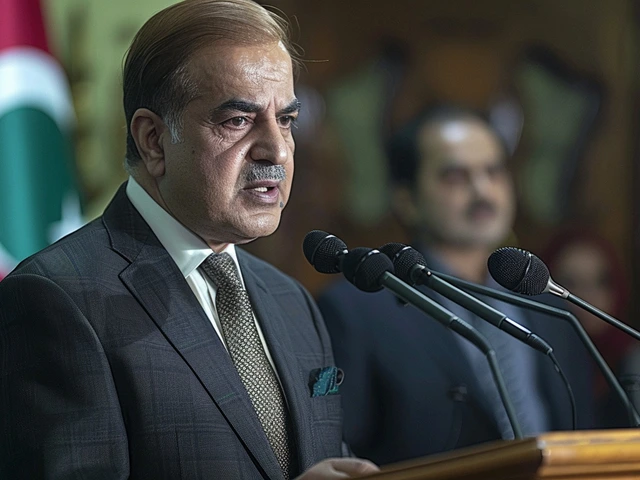Environmental Risk: What It Means for Africa and What You Can Do
Environmental risk shows up as drought, floods, oil spills, deforestation, or polluted rivers. These events hit homes, farms, businesses, and governments. On this page we explain the common risks across Africa, how they create political and economic problems, and practical steps people and leaders can take to lower the danger.
Where you live matters. In the Horn of Africa and the Sahel, repeated droughts cut harvests and raise food prices. Coastal cities from Lagos to Cape Town face sea-level rise, storm surges and erosion that damage ports and housing. In Central Africa, forest loss and mining tailings threaten water supplies and local livelihoods. Oil spills in the Niger Delta still harm fisheries and health years after the leak.
Why environmental risk matters now
Environmental shocks don’t stay in a single sector. A failed harvest means less food, lower incomes, more migration, and more pressure on urban services. That pressure can fuel protests, xenophobia, or political blame games. Companies face higher costs from supply chain disruption and lost productivity. Insurance costs rise and investors ask tougher questions about risk management. Knowing these links helps citizens push for better planning.
Practical actions that work
Governments need early-warning systems, clear land use rules, and investment in green infrastructure like wetlands and mangrove restoration. Cities can reduce flood risk by improving drainage and protecting waterways. Companies should map environmental risks in their operations, disclose them publicly, and invest in safer waste handling and clean energy. Donors and banks can link finance to resilience measures.
You can act too. Support local conservation groups, reduce single-use plastics, and change travel or purchase habits to favour responsible businesses. Ask candidates and local officials what they will do about climate, water, and pollution when you vote. If you work in a company, push for basic risk checks and emergency plans. Small choices multiply when many people make them.
When disasters happen, look for trusted local sources for safety advice — local authorities, meteorological services, or community leaders. International bodies like the African Development Bank, UNEP, and the Green Climate Fund also publish practical guides and funding options for projects. Use those resources to hold decision-makers accountable.
Quick checklist: assess your home, make an emergency kit, know evacuation routes, secure important documents, store clean water, and find local support networks. Businesses should update continuity plans, check supply chains, and budget for natural hazard repairs. Community groups can set up volunteer teams and map vulnerable households. Local journalists and civil society should demand transparent environmental impact reports and follow up on cleanup plans after spills or mine incidents. Small planning steps save lives and money.
Environmental risk is not only a hazard; it’s a test of leadership and planning. Communities that prepare and protect natural systems often recover faster and suffer less. If you follow a few practical steps at home, at work, and at the ballot box, you help reduce risk for your family and your neighbourhood.
The Health Ministry of Kenya has sounded an alarm following the spill of sodium cyanide from a truck in Rironi. This hazardous event presents severe health and environmental dangers to nearby communities, highlighting the imperative for better toxic chemical management in industrial processes amidst climate change concerns.
Recent-posts
May, 27 2024
Dec, 15 2025






